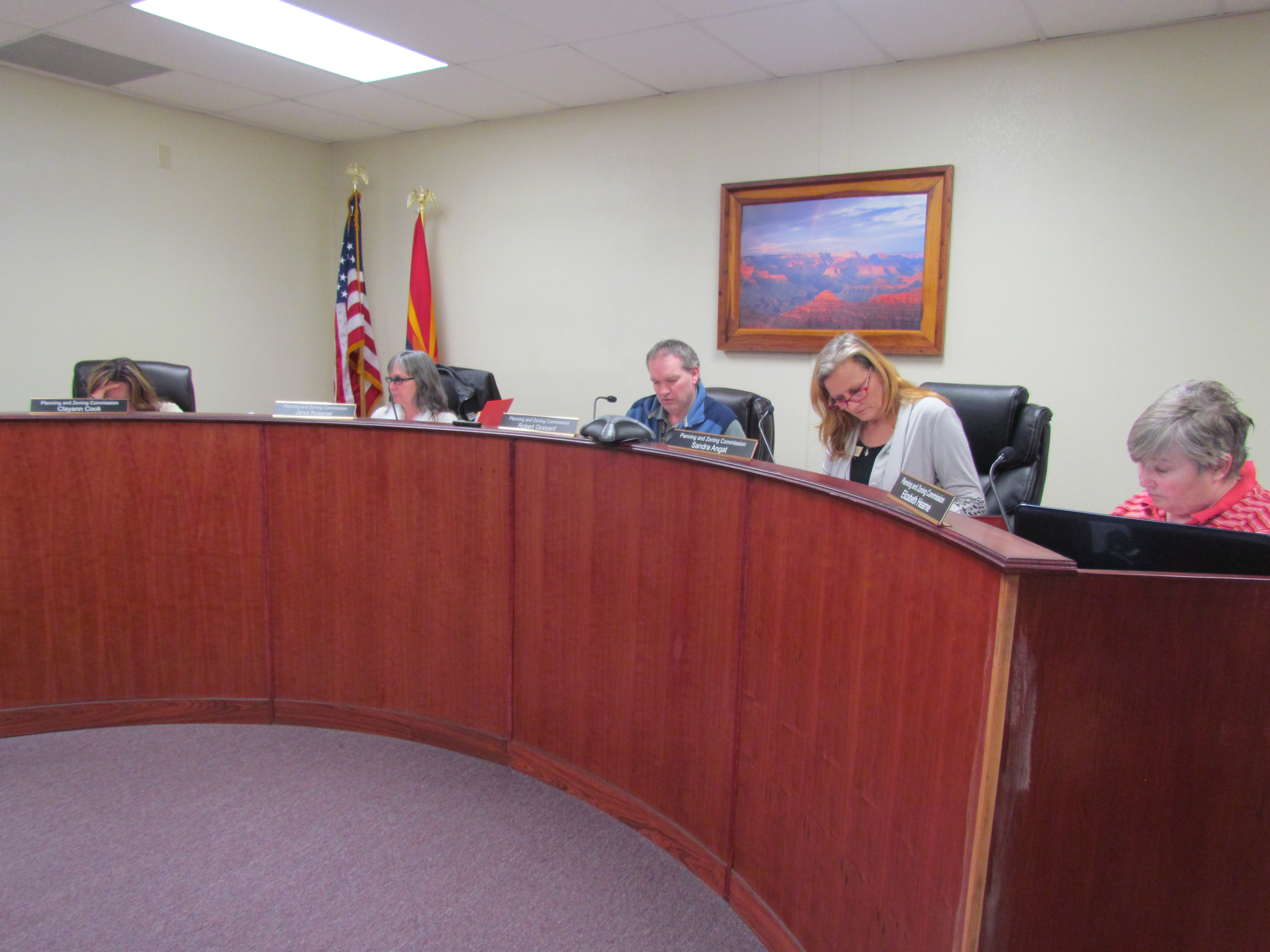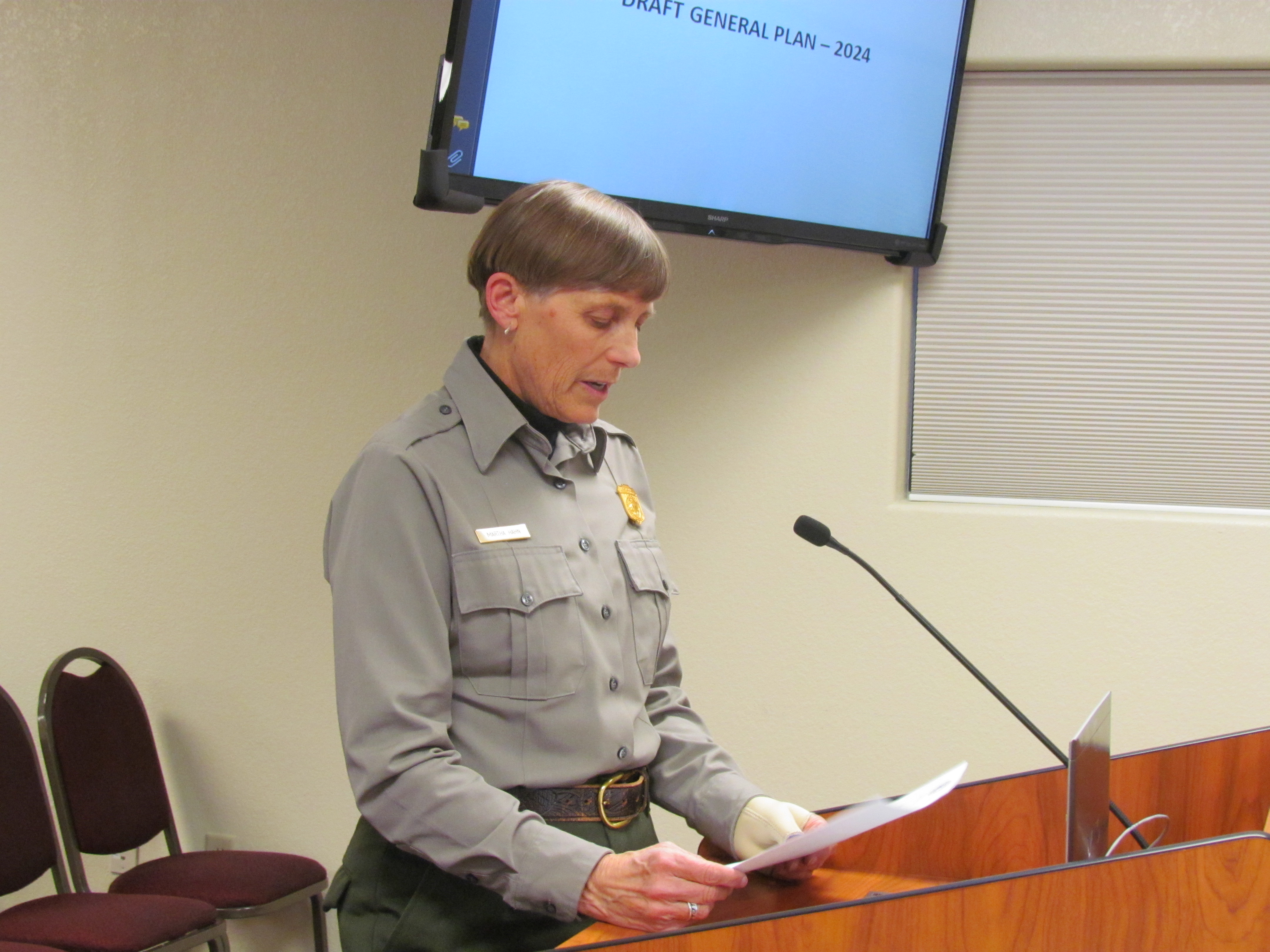Long Term Plans For Stilo Could Create Long Term Damage To the Grand Canyon National Park
March 2, 2014
By Michael Anthony Scerbo
The Grand Canyon National Park has some major concerns with the Tusayan general plan, specifically as it relates to a water shortage and long term negative impacts of the park.
The concerns have to do with Stilo’s development plans which include three million square feet of commercial space and thousands of new residents. The Parks Service notes that the plan outlines a path to growth but does not address where the water will come from. Study after study has shown additional water usage caused by the Stilo plan could dry up springs at the Grand Canyon and the Havasupai Indian Community. So far, Stilo has failed to disclose how they would keep that from happening.
The Parks Services also expresses fear that rapid growth in Tusayan will actually damage the Park itself. In addition to water usage, super-sizing Tusayan creates environmental pressures from traffic, to air pollution, to excess waste water.
 On February 25th, Tusayan’s Planning and Zoning Commission decided to hold off on approving the general plan and instead will try review and incorporate some of the concerns outlined by the Park Service. Martha Hahn, Science and Resource Management Chief for the Grand Canyon National Park, addressed the commission with the federal government’s concerns.
On February 25th, Tusayan’s Planning and Zoning Commission decided to hold off on approving the general plan and instead will try review and incorporate some of the concerns outlined by the Park Service. Martha Hahn, Science and Resource Management Chief for the Grand Canyon National Park, addressed the commission with the federal government’s concerns.
The major concern is water. Under the general plan Tusayan’s water using would go from 175 acre feet per year to 681 by 2024. That’s way beyond traditional estimates which had put Tusayan usage at 250 acre feet per year ov er the next decade. The Stilo development is what is putting Tusayan way beyond earlier predictions from the North Central Arizona Water Supply Study.
er the next decade. The Stilo development is what is putting Tusayan way beyond earlier predictions from the North Central Arizona Water Supply Study.
Hahn told the commission increases in population and a dramatic upswing in park visitation would damage the Grand Canyon National Park. Hahn said, “We have stated several times throughout the approval process that the increase in residents and visitation will have a tremendous negative and possibly irretrievable on the Park infrastructure and resources for which the Park was established.”
Here is a link to a letter the Parks Service delivered to Tusayan outlining its concerns.
The statistics show that if the Stilo plan were implemented, Tusayan would be killing the goose that laid the golden egg. If the Grand Canyon National Park is irreparably harmed, not only would it be a national tragedy, but the Tusayan economy would be in shambles. By the time that happens Stilo will have been long gone and the locals would be left to pick up the pieces.
Tusayan Town Manager Will Wright told Hahn that a water source must be provided before anything can be built. However, Stilo has been able to impose its will on the Town of Tusayan in the past and it’s possible they could do so in the future in order to bend the rules on water supplies. If there is any doubt of how much muscle Stilo has, they managed to extract permanent vested zoning even though they broke their promises on the original development agreement.
These concerns did not exist before Stilo and incorporation. Prior to that, growth and development was charted by the Tusayan Area Plan which was written by Bill Towler who at the time was chief planner for Coconino County. The Stilo development would not pass muster under the Tusayan Area Plan. The new plan, which has been the source of so much controversy, seems to be crafted in order to accommodate Stilo.
What the Tusayan Planning Commission and the Town Council must reconcile is whether Tusayan’s future is more dependent on the health of the Grand Canyon National Park, or Stilo, a developer based in Italy.


